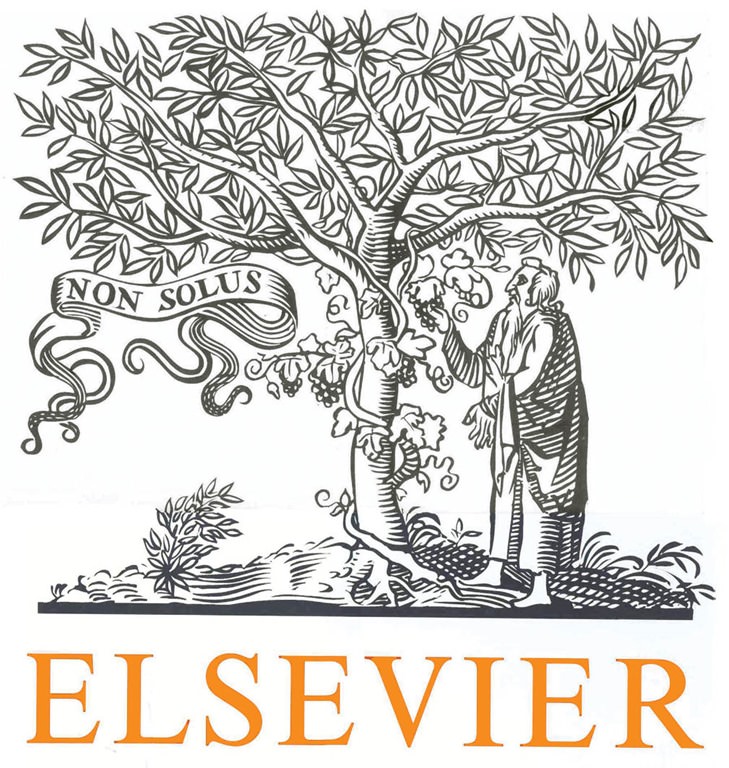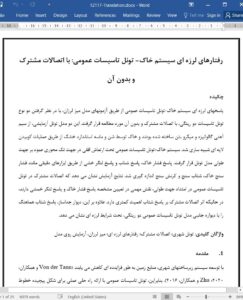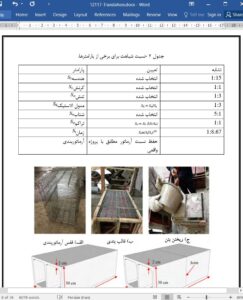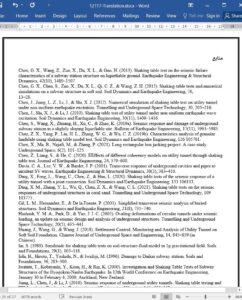Abstract
Seismic responses of utility tunnel-soil system were studied via shaking table model tests with considerations of two kinds of double box utility tunnels: with and without joint connections. These two testing utility tunnel models were made of galvanized iron wire and micro-concrete, and the ground was simulated by the dry standard sand through layered tamping treatment. The utility tunnel-soil system was subjected to horizontal vibration in uniaxial direction perpendicular to the longitudinal direction of tunnel model. Via instrumentations of earth pressure gauges, accelerometers and strain gauges, the earth pressure response, acceleration response and bending moment response were measured. The testing results show that the joint connections in the utility tunnel along the longitudinal direction play an important role in determining the characteristic of earth pressure response and bending moment response, whereas the effect of joint connections on acceleration response is less significant. In addition, the partition wall exhibits the consistent acceleration response with the side-wall of double box utility tunnel model under seismic condition. Based on the testing results, it is suggested that the joint connection should be taken reasonably into consideration during design and construction for engineering practice.
1 Introduction
With development of city infrastructure system, land resources are becoming increasingly scarce (Von der Tann et al., 2020; Zhu et al., 2016). Therefore, the utility tunnel is gradually adopted during urbanization to fully utilize the underground space (Wang et al., 2018b; Yang et al., 2019a; Chen et al., 2021) and protect the historic centers (Valdenebro & Gimena 2018), as it provides a practical solution to the complex layout of underground pipelines. On the one hand, many underground pipelines (like highvoltage cables, water supply pipe, heat pipe, telecommunications cable, and gas pipeline) can be installed in it directly so that workers can maintain these important pipelines conveniently. On the other hand, once the utility tunnel invariably suffers severe damage during natural hazards or other emergencies, the failure of these underground pipelines will further distress the earthquake victims (Sakai et al., 2017). Recently, various studies related to underground utility tunnel have been conducted from the perspective of construction technology (Valdenebro et al., 2019), effect of buried depth (Xu et al., 2018), influence of utility tunnel on adjacent buildings (Tan et al., 2019), settlement control and monitoring (Huang et al., 2018) and economic design (Li et al., 2019), most of which were under the static condition. However, as earthquake is one of the most serious natural hazards, the seismic performance should not be ignored (Chen et al., 2019b).











